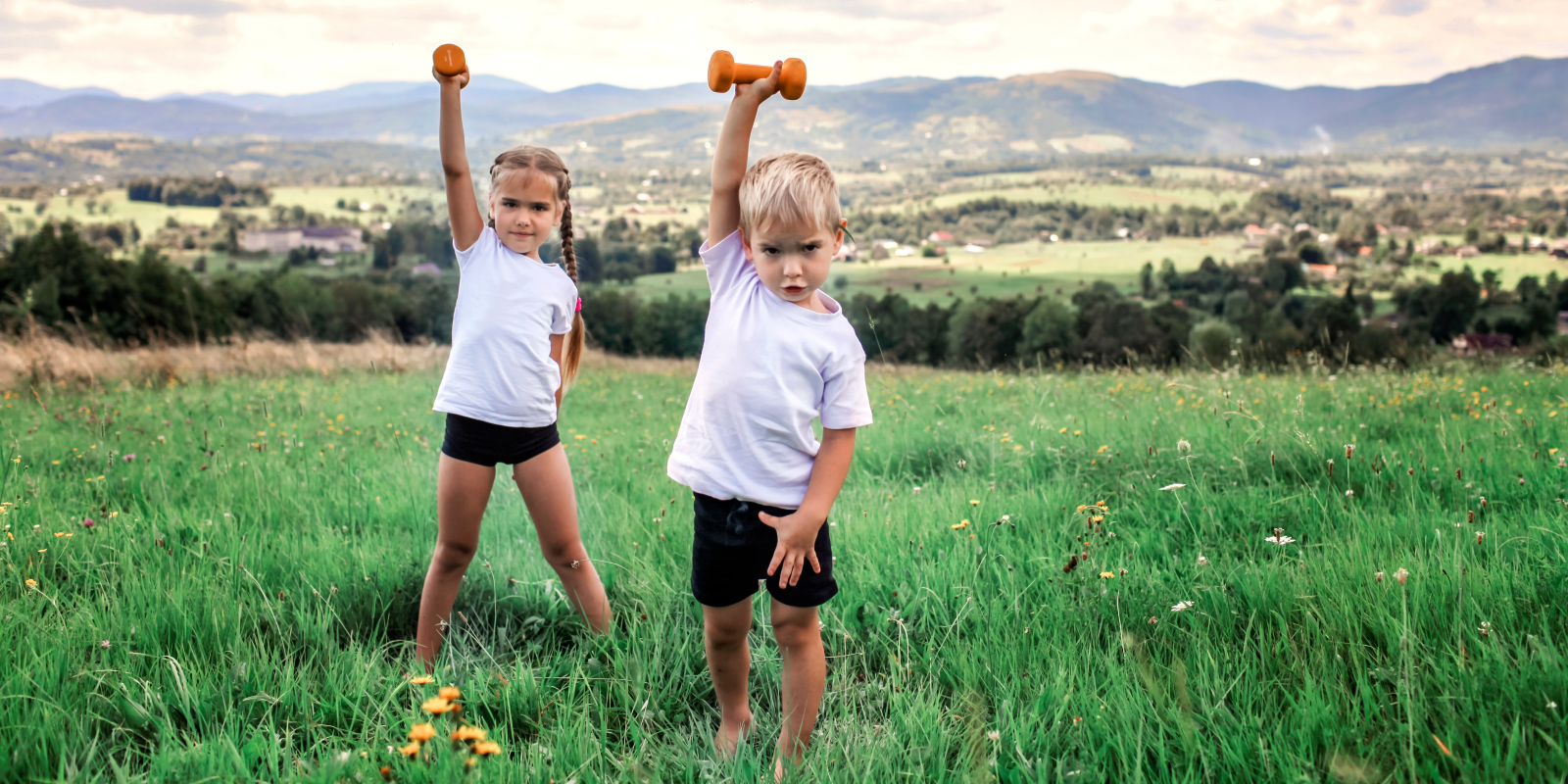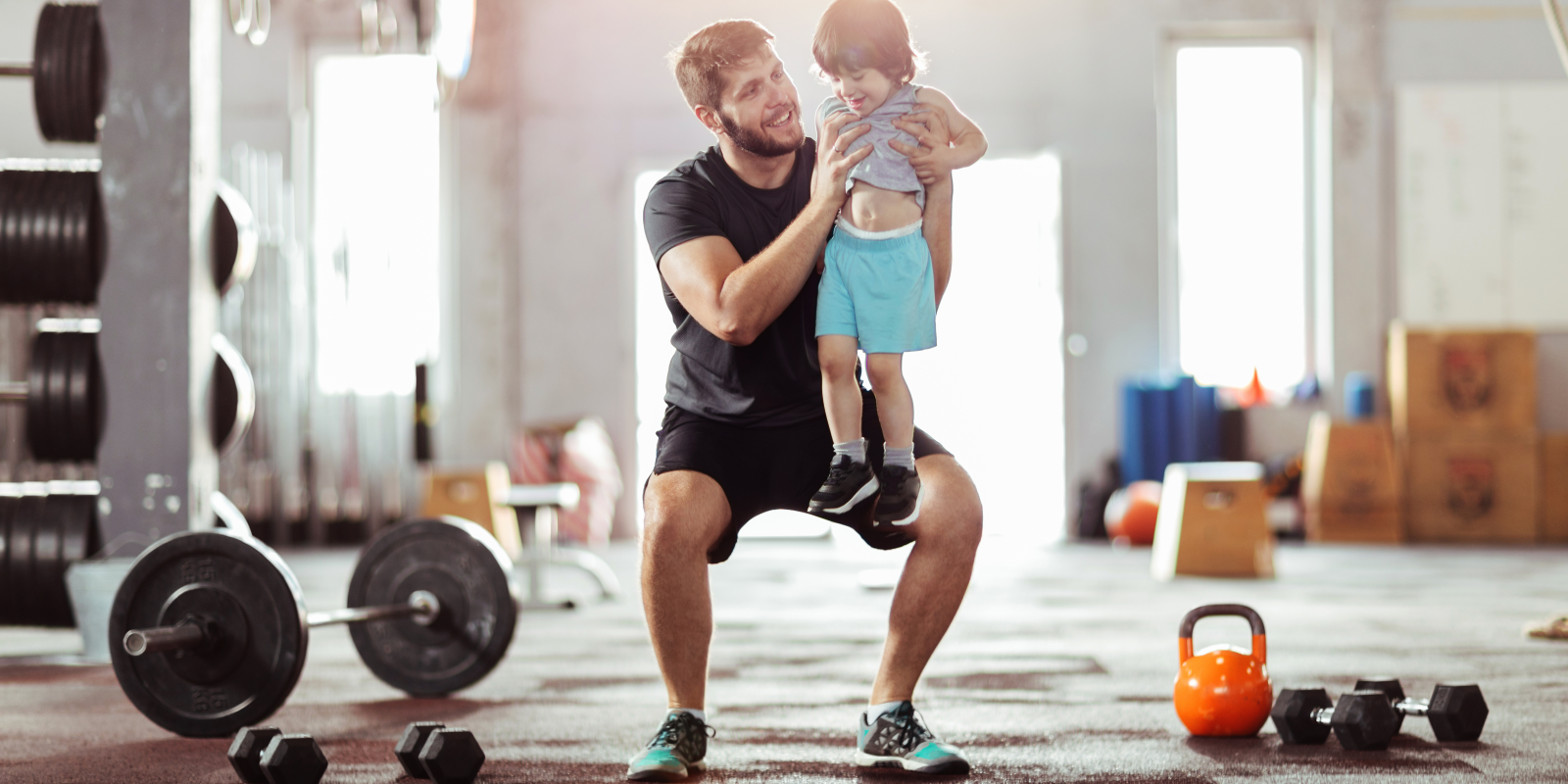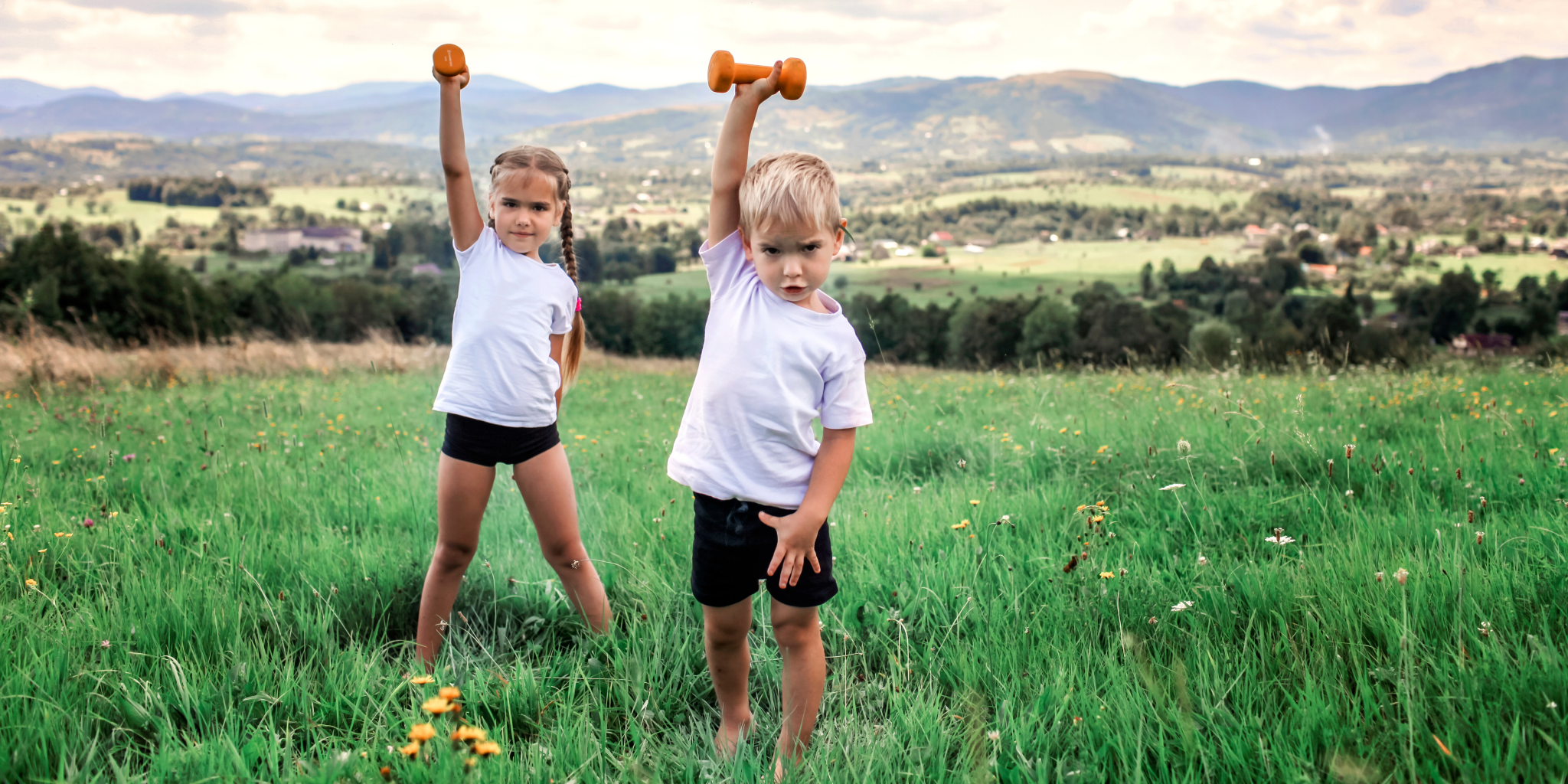When I was a kid in the 80s, I’d walk home from school, grab a quick snack (bananas fried in butter and sprinkled with cinnamon was one I loved), hop on my bike and head to the park or a friend’s house. Or on certain days of the week I’d go to gymnastics practice. Summer days were spent at the public pool and evenings playing baseball at the park or back to the pool for family hour. Winters were all about sledding, building snow forts, and ice skating (it was Wisconsin, after all). Physical activity was a built-in, fun part of every single day.
Since then it seems that the world has made it easier and easier for everyone, including kids, to be more comfortable and move less. On top of that, convenience has also taken over the food industry with the prevalence of highly refined and processed “on the go” type foods. Ripe bananas sizzled in real butter has been replaced by fruit strips that don’t even contain actual fruit with additives like inflammatory seed oils and preservatives.
I can hear myself sounding old, but if you’ve been on this earth for more than a few decades, you can probably relate to my nostalgia for the healthier days of the past.
Kids and teens can and should be physically active. And even if riding bikes in the neighborhood until the street lights come on isn’t an option, there are plenty of other ways for kids to get fit. This includes all types of sports, and even CrossFit and weight training!

Preparing Kids for a Life of Readiness and Resilience
The willingness to do difficult things, and the ability to push through when things get physically and mentally tough, is a valuable character trait. But again, readiness and resilience are elusive in a world driven by comfort and convenience.
When I was a personal trainer, my clients experienced many of the results you’d expect. But there was one I didn’t expect, and it was probably the most valuable. My clients went from feeling incapable to capable, and not just in the gym, but in life in general, because of their work in the gym. Feeling capable is everything! Yet so many adults don’t feel capable of handling life outside their bubble of comfort and convenience.
Teaching this to kids through fitness can positively impact them well into adulthood.
“CrossFit Kids is for kids ages 3-18. The program breaks age groups into four categories: preschool (ages 3-5), kids (5-12), preteens (10-12), and teens (12-18). Programming for each group is tailored to and delivered in an age-appropriate manner that serves to achieve different goals.
The methods used to teach movement within this program are broad, general, and inclusive — meaning anyone can learn, from the youth athlete to the kid who’s never been exposed to exercise. CrossFit Kids participants will learn movement patterns for the squat, deadlift, press, and more, through age-appropriate progressions and games with their own body weight or equipment that is easily managed by the age group.”
-From the official Crossfit website
CrossFit? For kids? Isn’t that a bit extreme?
CrossFit has a stigma of being hardcore, but it’s actually a great sport for all levels because it can be scaled (or modified) to suit beginners through elites, and all ages and abilities. Many CrossFit gyms around the world have kids programs, including our local gym here in Centralia, WA.
Here's what owner of CrossFit Sentry say about the kids program at her gym:
"The ages of my Sentry Kids program is 5-12. Here are 3 of the many different benefits to having this program:
We are getting kiddos in a community environment executing every day functional movements in a workout setting at an intensity relative to their own capacity.
In CrossFit, we specialize at nothing aiming to be a little bit good and everything having sound mechanics in movements that everyday life requires of us. They will grow with better movement patterns and confidence.
Kids who don’t have a specific sport that they play in school get to come into the gym and be a part of a team, move their bodies and have fun while doing it.
This pertains to both genders but especially for our little women - they get exposed to a gym environment and it becomes normal early on to lift the weights, get sweaty and be what society has deemed “UN” lady like. Our little women (unlike most women we see out in the wild) will never be scared to touch weights or go into a gym. They will know how good it feels to exert energy, build muscle and sweat and know that they are capable to survive anything all on their own.
The main goal is to help make kids aware of their bodies, challenge balance and coordination, expose them to strengthening the muscles we use in every day life, be a part of a team, and have fun!"
-Samantha Conzatti
CrossFit is a way for kids and teens to get fit, build confidence, and learn important lessons. There are similar benefits to a young person learning how to lift weights.
Weightlifting for Kids: Facts and Myths
Resistance training is all about gaining strength; doing more reps, adding more weight, or both. When you help kids track their performance over time, they can see their improvement. This is exciting, and helps them to be on fire for progress, which is something that will serve them well into adulthood.
First and foremost, it has to be fun and engaging. This means striking the right balance between rules and instruction with letting them play, discover, and explore.
Let’s take a look at the two most common objections to young people lifting weights.
Will it stunt their growth?
This is a myth. Here is an article if you'd like to look further into the topic of kids and weightlifting.
Will they get injured?
All activity carries a risk of injury. There isn’t a higher risk with weight lifting. Kids should be instructed on good technique, as this is an important aspect of lifting. In most cases, kids aren’t moving heavy enough weight to risk getting injured. Common sense goes a long way. There’s an opportunity here to teach kids to be smart about their lifting workouts.
Is it Safe for Kids to Train with Weights? episode with Layne Norton
Which Brings us to... Protein
Protein is a key macronutrient responsible for the repair and growth of skeletal muscle. Let’s take a look at the protein needs for ages 0-18, and then touch base on the topic of protein supplementation for kids.
The proper balance of nutrients for newborns through one year of age is essential for healthy development. Breastmilk and high quality formulas have the correct ratios of protein, carbs, and fats. Baby’s kidneys cannot handle too much protein, which is why full strength goat or cow milk should never be given to children under one year old. However, once they reach toddler age, their systems can handle it. Animal-based milk can be an excellent part of a little one’s diet from age one and up, providing they aren’t experiencing any sensitivities to it.
How much protein should young people get?
Here is the general recommendation for protein based on a child’s age and weight:
1-3 years - .5g per lb of body weight
4-13 years - .45g per lb of body weight
14-18 years - .42g per lb of body weight
Hitting the majority of your protein target through whole food sources is optimal. Protein supplementation (e.g. protein powder) is probably not necessary for young children who are eating a variety of foods.
There are circumstances where supplementation might be beneficial, such as for picky eaters, certain medical situations, or convenience (like right after a workout or a practice). It’s always best to check with your pediatrician for specific guidance.
A highly active adult who weight trains 5 days a week will have different protein needs from someone who’s sedentary. The same is true for kids. Athletes will require more calories and need more protein, no matter the age.

Protein Needs for Active Kids and Teens
Similar to adult athletes, the amount and timing of protein is important for youth athletes. .54 - .81 grams of protein per pound of bodyweight is the range of protein recommended for youth athletes based on exercise type. Weight training requires a bit more protein than endurance training. A kid who’s lifting weight to build muscle will need more than a kid on the cross country team.
Again, similar to adult athletes, it’s vitally important that protein (and carbs) is consumed within 30 minutes post-workout to begin the refueling and recovery process.
Examples of healthy post-workout snacks:
1 scoop Double Bonded Protein mixed with cold water, plus a banana or orange slices (10g protein)
8oz greek yogurt with maple syrup and berries (11g protein)
2 hard boiled eggs plus raw carrot sticks (14g protein)
2T peanut butter on a slice of Dave’s Killer PowerSeed bread (12g protein)







Share:
Ultimate Guide to Discovering Your Ideal Workout
Fueled: Eating to Support an Active Life